Production linkage plays a very important role in developing sustainable agriculture , helping to enhance the benefits of the participants in the value chain, especially for farmers.
Many years ago, in agricultural production, our province formed a "4-house" linkage including "State - farmers - enterprises - scientists ". This is a linkage model between farmers, enterprises and scientists, under the promotion and support of the State, linking production with processing and consumption, moving towards large-scale, modern commodity production.
According to the assessment of the Provincial People's Committee, in recent years, the province's agriculture has continued to develop quite comprehensively and is shifting towards large-scale commodity production, increasing productivity and quality, developing advantageous products, firmly ensuring food security, and sustainably reducing poverty.
|
The growth rate and proportion of the agricultural sector in the economic structure have shifted positively, in the right direction, developed steadily, gradually going into depth towards commodity production, applying high technology, associated with processing and consumption markets.
In that common achievement, there is a very important contribution of the "4 houses" connection.
In recent years, keeping up with the general trend, the traditional "4-house" linkage in agriculture has been "expanded" to "6 houses", with the participation of "2 houses", the banking system and distributors.
According to the Department of Agriculture and Rural Development, the "6-house" linkage models have been effective in forming chain linkages from production, processing, and consumption based on the principles of voluntariness, consensus, and effective benefit sharing and are being replicated.
The level of investment in infrastructure development, such as transportation, irrigation canals, application of advanced science and technology, development of growing areas, improvement of agricultural product quality; investment in post-harvest preservation and processing, as well as product consumption, is receiving more attention.
Many cooperation and association models following the "6-house formula" have been formed and effectively promoted in localities, especially in specialized areas of coffee, rubber, fruit trees, medicinal herbs, and livestock farming in Dak Ha, Dak To, Tu Mo Rong, Kon Plong, and Kon Tum city.
However, in reality, the linkage relationship among the “6 houses” still has many problems that need to be solved. The rate of enterprises investing in agriculture is still low; the number of small and micro enterprises accounts for over 90%, so it is difficult for them to dominate the value chain of the agricultural industry.
In addition, most farming households still have low incomes and are confused in converting and adapting to the competitive market. The ability to invest in agriculture is still limited, so agricultural, forestry and fishery production is unstable, with low productivity, quality and value.
While farmers' capacity to link production with the market is limited, the participation of distributors is quite vague.
|
For example, the story of bringing agricultural products produced by farmers in the province to supermarkets and stores. Just go to Co.opmart supermarket (Kon Tum city) and you will see this very clearly. At the agricultural products booth, most of the items, from vegetables, tubers, fruits to livestock and poultry products, are from Gia Lai, there is no sign of products produced by Kon Tum farmers.
The story of how to use capital effectively or how to apply technology in agricultural production and business to achieve good results is also worth paying attention to. In the past, these connections were spontaneous, not tightly organized, and were mainly mechanical connections. Accumulating large areas of land to apply comprehensive science and technology to achieve the highest productivity and efficiency is still difficult.
The weakness of the province’s agriculture is that the harvesting and processing of diversified products has not been overcome. Most farmers only focus on producing a lot without paying attention to which market the products are sold to or what the packaging and design are.
On August 19, during his visit and working session in Kon Tum province, Prime Minister Pham Minh Chinh requested to strongly promote the connection of "6 houses" in agricultural production in general, and Ngoc Linh ginseng cultivation in particular, to combine strengths.
It can be said that to develop sustainable agriculture and create quality agricultural products, the role of linking the "6 houses" is extremely important.
In which, the State is the "judge" in policy making, creating favorable conditions for businesses and farmers to develop, apply new technologies, and expand markets.
Scientists orient and apply science and technology to agriculture in accordance with the resources and cultivation level, awareness, and actual production conditions of farmers.
The banking system has proactively and responsibly stepped in to further strengthen agricultural credit sources, especially credit for agricultural value chains, through implementing measures to simplify lending procedures; developing consulting services to support loans and loan use.
Enterprises, including production and distribution, direct investment or association, to invest and produce according to the value chain; apply new science and technology to develop production towards goods, clean agriculture, organic agriculture; promote linkages in product consumption, build brands to enhance competitiveness.
And finally, with a central role, farmers need to be proactive and bold in seizing opportunities to surpass themselves, both as producers and as agricultural entrepreneurs.
Hong Lam




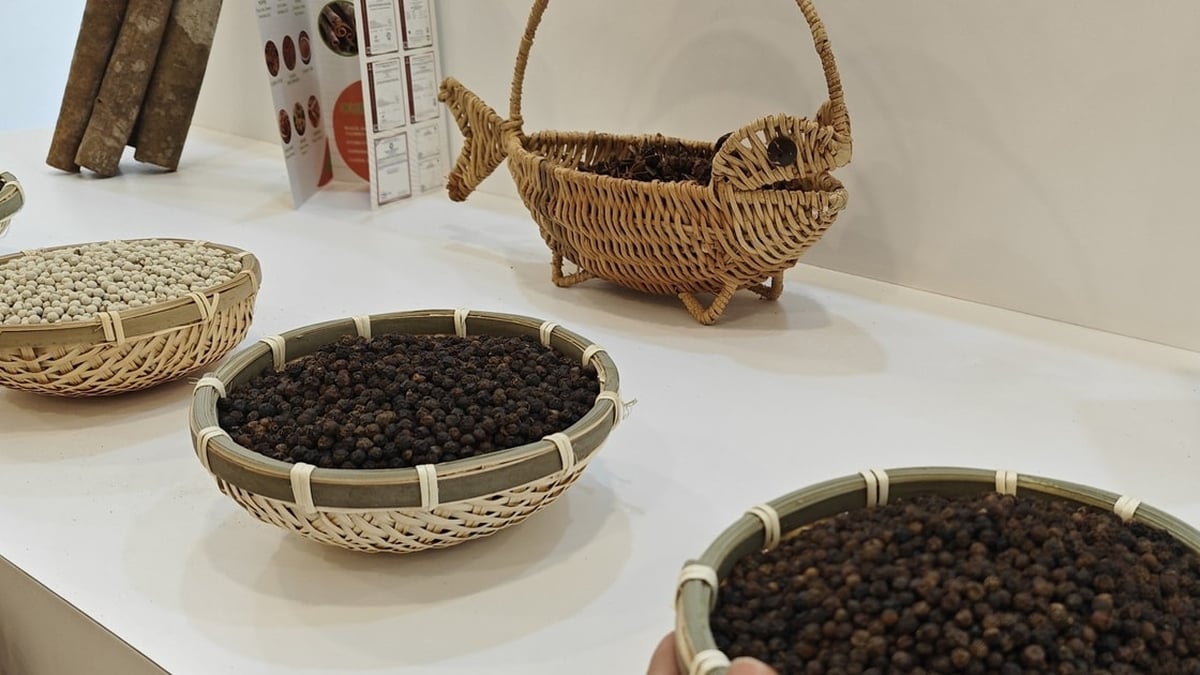

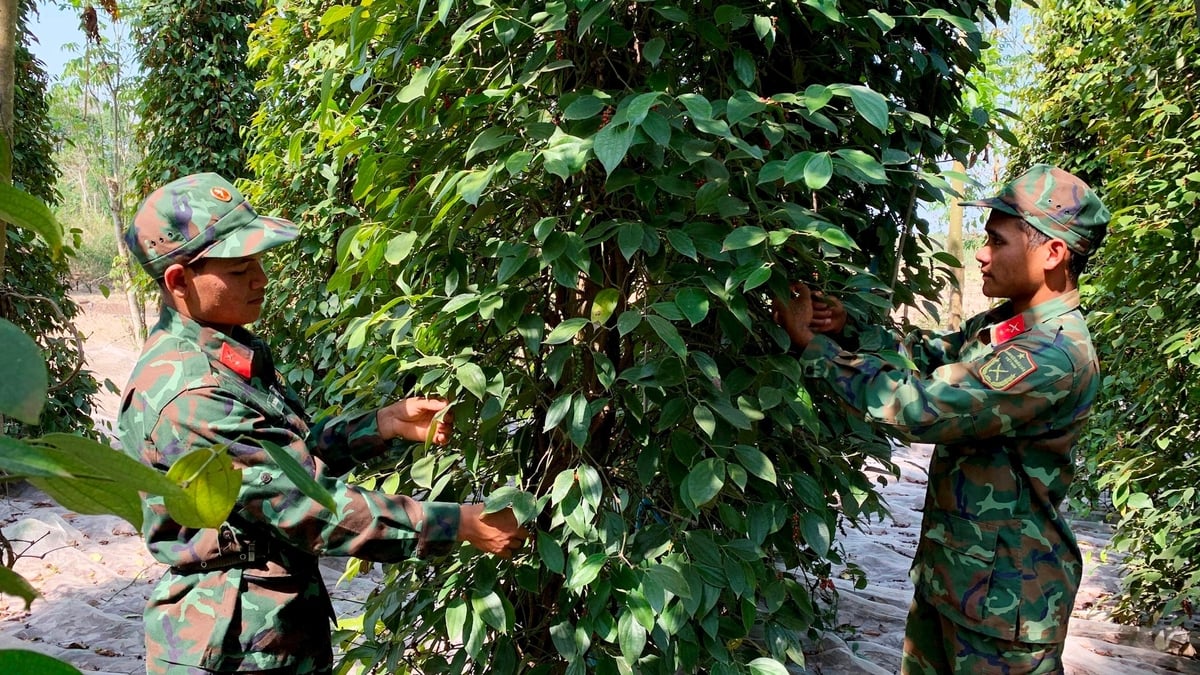
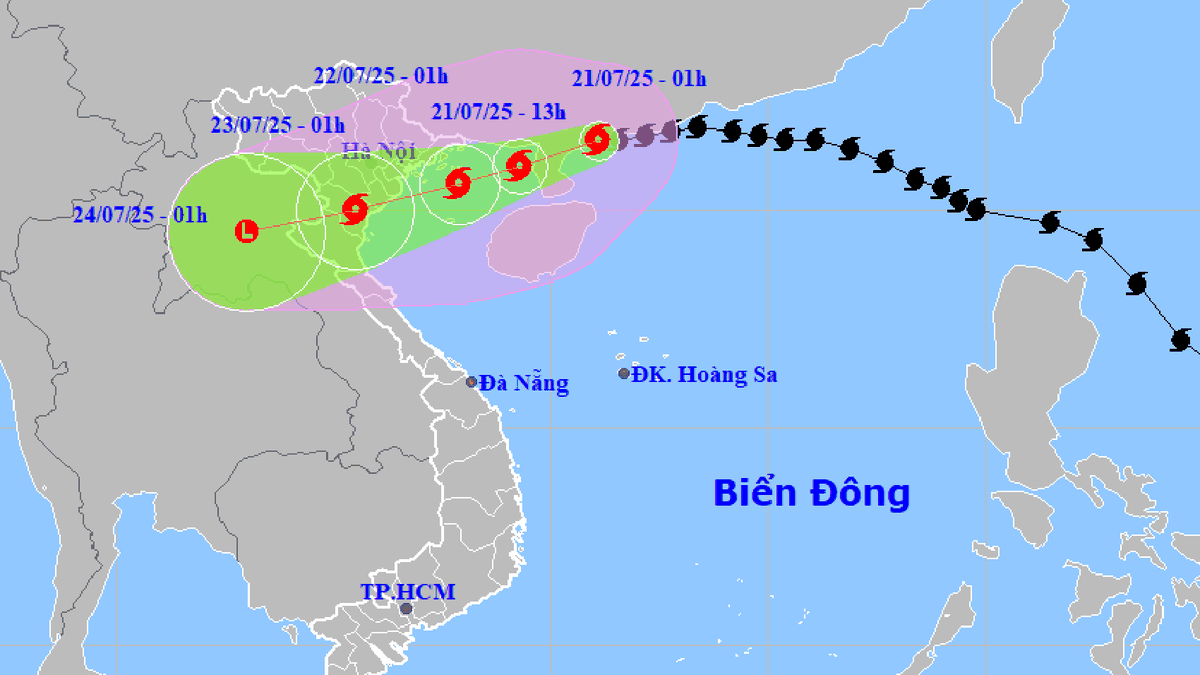
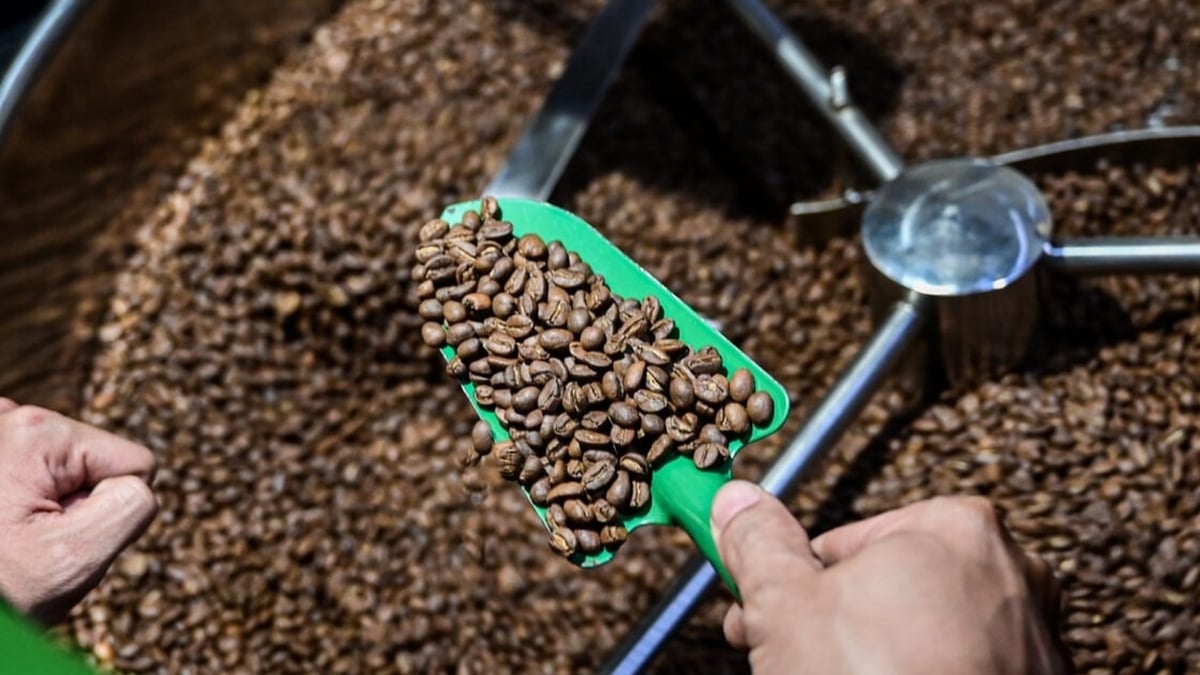
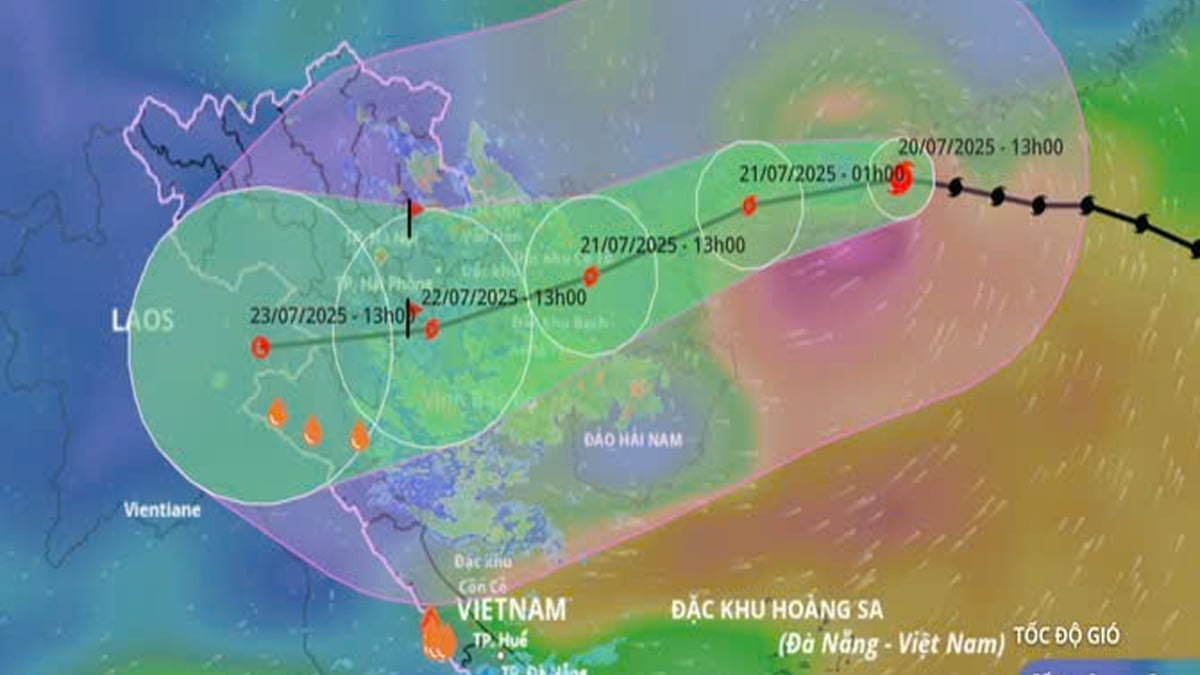


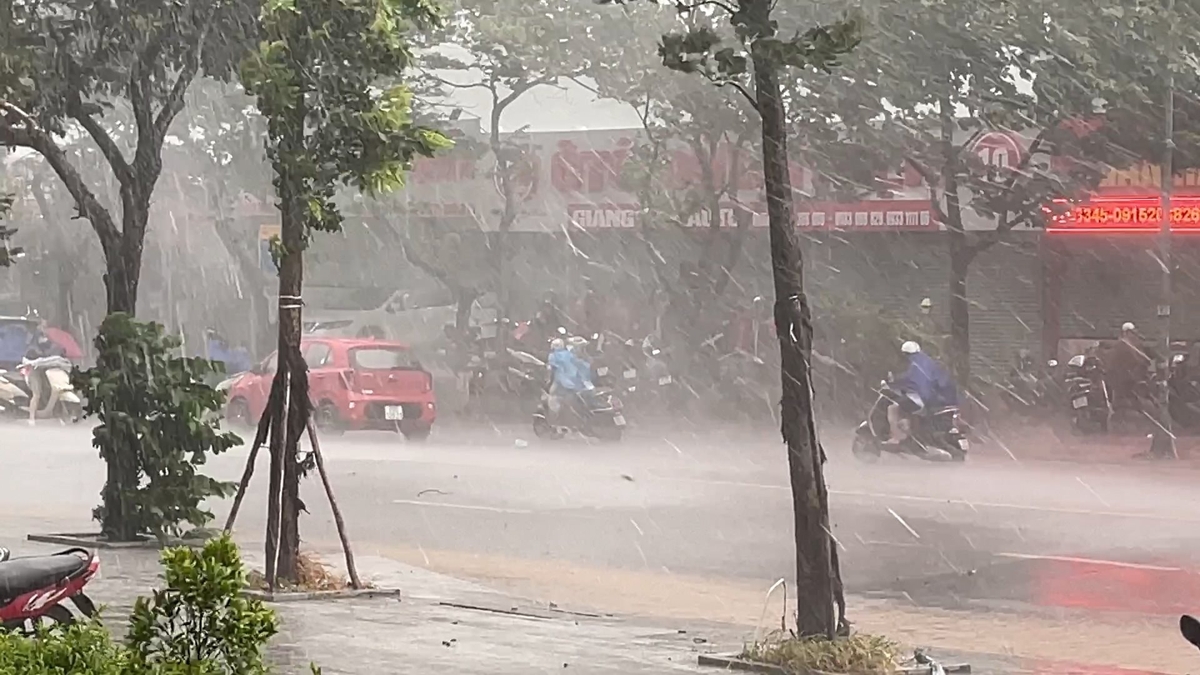














![[Photo] National Assembly Chairman Tran Thanh Man visits Vietnamese Heroic Mother Ta Thi Tran](https://vphoto.vietnam.vn/thumb/1200x675/vietnam/resource/IMAGE/2025/7/20/765c0bd057dd44ad83ab89fe0255b783)






































































Comment (0)